DOVER, N.H. — Among the curious collection of the Woodman Museum in downtown Dover are a stuffed pigeon that’s now extinct, rifles from World War II, a meteorite that fell in China, and an old wooden lectern that looks like any other lectern. Except, it was from this lectern that presidential candidate Abraham Lincoln delivered a stump speech in downtown Dover in the fall of 1860, on his way to the White House.
It’s the job of South Portland resident Wes LaFountain to tie these things – the odd and the historic – together and to tell their stories in such a way that the tiny Woodman, on the banks of the Cochecho River and just a few miles from the Maine border, becomes a much bigger player in the cultural fabric of New Hampshire and northern New England.
The Woodman receives a few thousand visitors a year, and many of those are school kids who’ve been coming for years to see the collection of rocks and animals. The Woodman’s board believes the museum has a much larger story to tell, and they’ve hired LaFountain to help tell it. He is the Woodman’s first executive director.
The museum, a complex of four historic buildings in downtown Dover, is mostly closed for the season now, but LaFountain is busy preparing the Woodman for its centennial celebration in 2016. In addition to working on improving the lighting and sprucing up the museum so it’s more inviting to people who’ve driven by for years but never stopped, LaFountain is spending his days sifting through artifacts and oddities that make the Woodman collection one of the more intriguing in all of New England.
It’s been built over the past century almost exclusively by donations of local residents and reflects the interests of a diverse and inquisitive population: The largest rock collection north of Boston, including that meteorite that landed in China; a polar bear that was shot by a local big-game hunter in Siberia in 1969; a ceremonial Wabanaki war club; Colonial-era furniture; and guns and rifles from the 1800s up through the Korean War.
There’s a huge collection of butterflies, birds (have you ever seen an extinct passenger pigeon?) and snakes. One room is full of dolls, another with Boy Scouts uniforms.
There’s a stuffed shark, a 27-pound lobster and an ostrich egg, and original prints by John James Audubon.
Perhaps the most historically significant part of the Woodman story is Lincoln’s unlikely connection to Dover. The lectern, from which Lincoln delivered what historians say was a two-hour speech at City Hall, is just the beginning of the story.
When soldiers caught up with and killed Lincoln assassin John Wilkes Booth, they found a photo of Lucy Hale in his pocket. Hale, the daughter of a senator and statesman from New Hampshire, was Booth’s secret lover, and they had talked of marriage.
After the bloody events of April 1865, Hale’s father, Sen. John Parker Hale of Dover, whisked his daughter off to Spain, where he would assume an ambassadorship. He was fearful for her safety, and he worried what would happen if her romance with Booth became commonly known. She stayed in Europe five years before returning quietly to the United States.
She was born in Dover and died here in 1915 at age 74. Her family home is one of the four buildings the museum owns, housing antique tools, domestic items and rare furniture that reflects Dover’s history. Several years ago, the museum helped identify her unmarked grave in nearby Pine Hill Cemetery. The Woodman arranged for a proper headstone.
The museum also owns a horse saddle that Lincoln used for his last formal troop review. About three weeks before he was assassinated, Lincoln was reviewing troops at Aiken’s Landing, Virginia. Col. Daniel Hall of Dover, who later became one of the three initial trustees of the Woodman, was Lincoln’s aide-de-camp at that review. He asked for and was given the saddle. Near his own death years later, Hall offered the saddle to M.J. Smith, the Woodman’s first curator.
“Stories like that abound in this place,” LaFountain said.
It’s his job to find the stories that resonate. The 100th anniversary offers a platform to do that. LaFountain has convened a committee to identify the 100 most significant items to help promote the museum’s centennial when the museum reopens in the spring.
The Woodman has always had an audience of local school kids, who come for field trips. They leave the Woodman talking about the cool things they saw, including the stuffed polar bear, which is legendary among local people. But few of those kids return to the Woodman after they grow up.
Annual attendance is about 5,000 people, and LaFountain hopes to double that figure.
When she died in 1915, Dover resident Annie Woodman left her home, an endowment of $100,000 and instructions to create a museum in her name. She had wanted to establish a hospital, but another local philanthropist filled that need. The museum opened the following year, dedicated to local history.
The challenge is polishing the Woodman’s stories and telling them clearly, said museum trustee David Landry.
“The centennial gives us a great opportunity to build on our existing strength and explore new ways of reaching out to the community of Dover and far beyond Dover,” he said. “We have an amazingly diverse collection, so we have broad appeal. At the same time, we are deep in critical areas that afford us the opportunity to educate and inform not only the local schools, but people who have specific interests about U.S. history, natural history and local history.”
David DuPont, chairman of the trustees, said the board decided to hire an executive director because of the museum’s potential.
“The word I keep coming back to is relevance,” DuPont said. “That’s the one word that describes everything we would like to do. We have to make it more relevant for people. Thank God we are not an old-house museum. We have so much more than that, and I think we’re finally in a position to realize our potential.”
Like a lot of other people, LaFountain knew nothing of the Woodman until he saw an ad for the job. His professional career included stints at the Portland Museum of Art in its education department and as director of the art museum at the University of New Hampshire in nearby Durham. He had been out of the museum business a few years, and was hoping to get back in. With a background in fine art, he never really considered working at a history museum.
But the ad piqued his curiosity, and he was hooked after he saw the collection.
LaFountain, who has a master’s in art history, is putting his degree to use. As part of its plan for expanding the audience, the Woodman board is adding fine art to its exhibition mix. It acquired another old house, the Keefe House, a decade ago. After years of restoration, it opened this past spring, and its primary function is as an art gallery.
LaFountain plans to focus on artists from Maine and New Hampshire. The museum featured three art shows this year. Among the Maine artists whose work shown was Richard Brown Lethem, who lives nearby in Berwick, George Burk and the late Charles DuBack. Maine jewelry maker Anne Strout is showing her work as part of a juried holiday show, on view through Dec. 20.
He’ll reopen the Keefe House in March for a youth art show, and the main museum will reopen in April.
LaFountain knows he has a tough task. Money is tight, and he’s the only full-time employee. He’s got a dedicated group of volunteers and a curatorial team that’s intimately familiar with the collection. A lot of people care deeply about the Woodman, and are enthused about this effort to raise its profile.
That doesn’t stop LaFountain from sometimes feeling alone, working in an old house that echoes with the silence of the season. But he is never alone, not with the company of the birds, bears and butterflies, and the ghost of Abraham Lincoln.
Staff Writer Bob Keyes can be contacted at 791-6457 or at:
bkeyes@pressherald.com
Twitter: pphbkeyes
Send questions/comments to the editors.


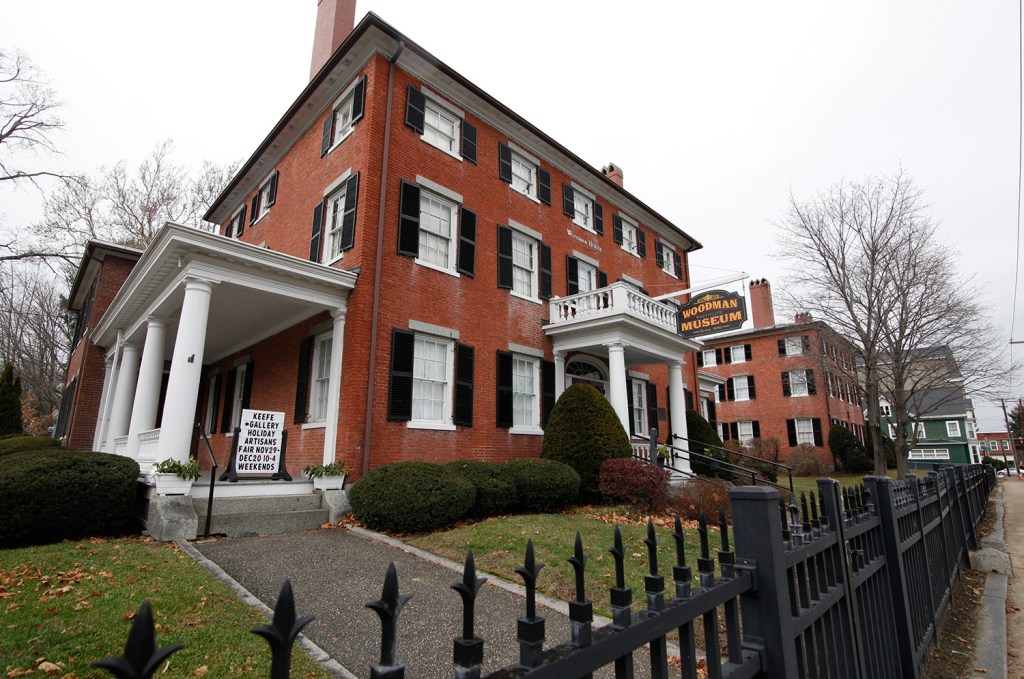
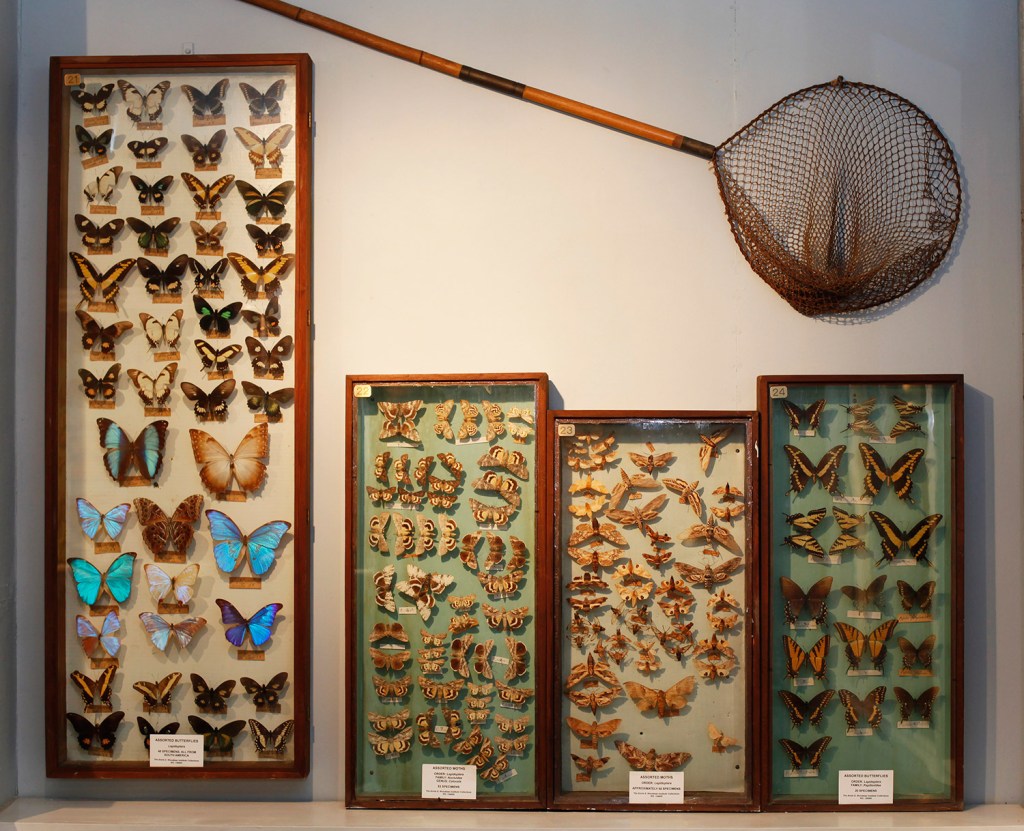
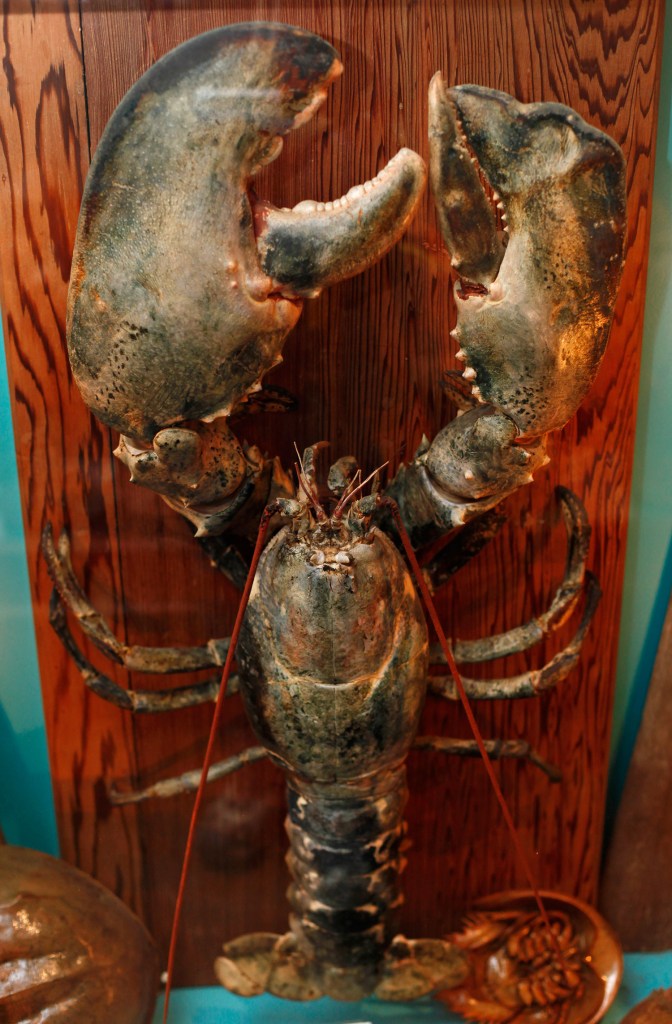
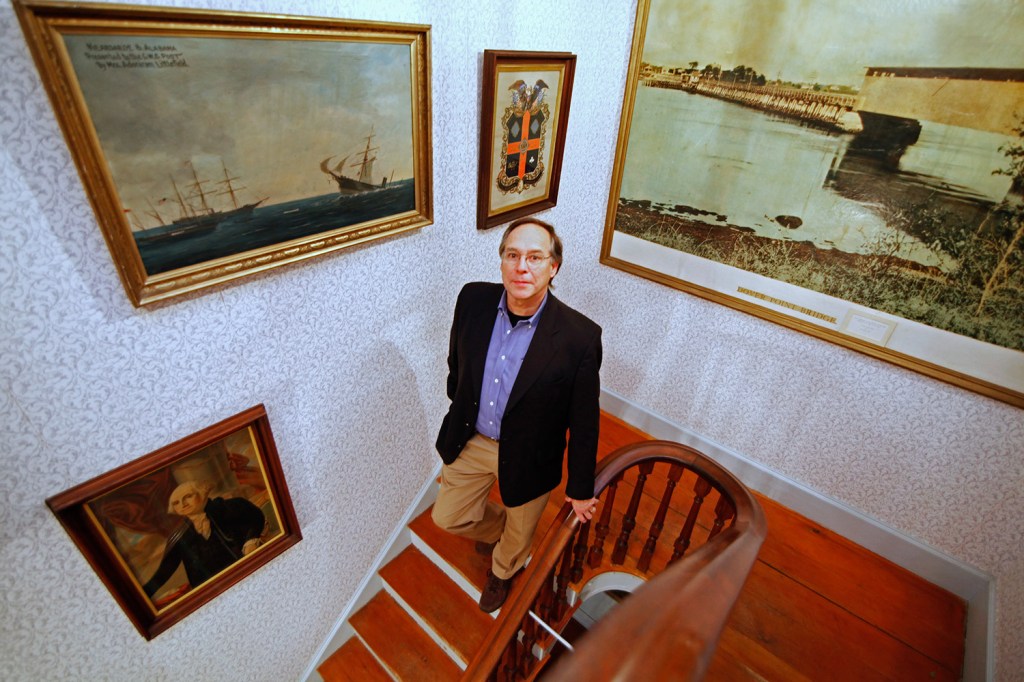

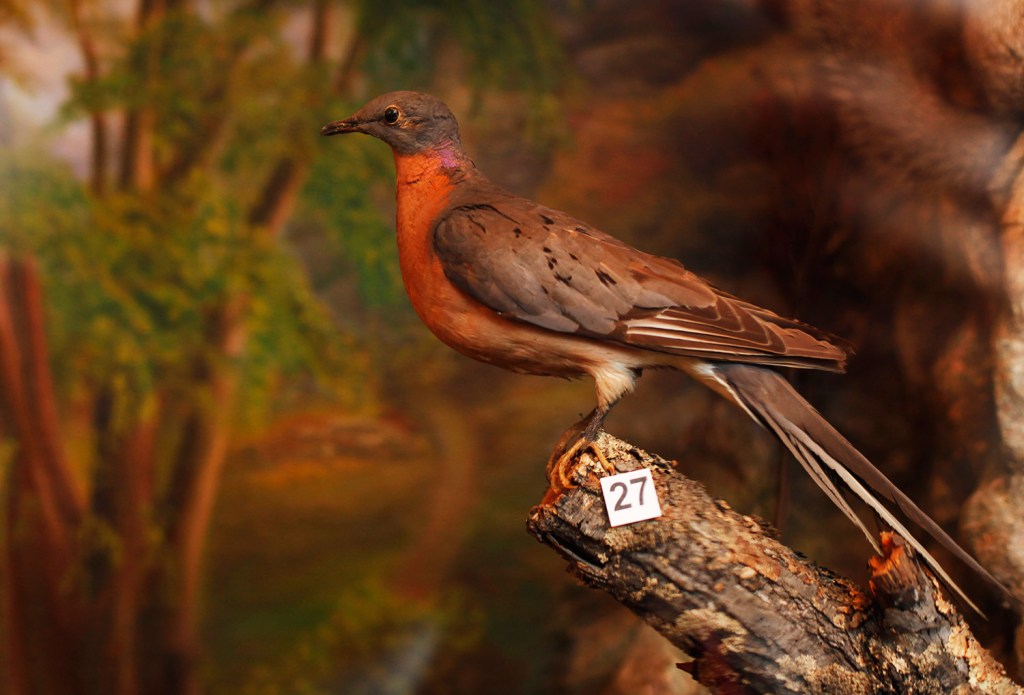

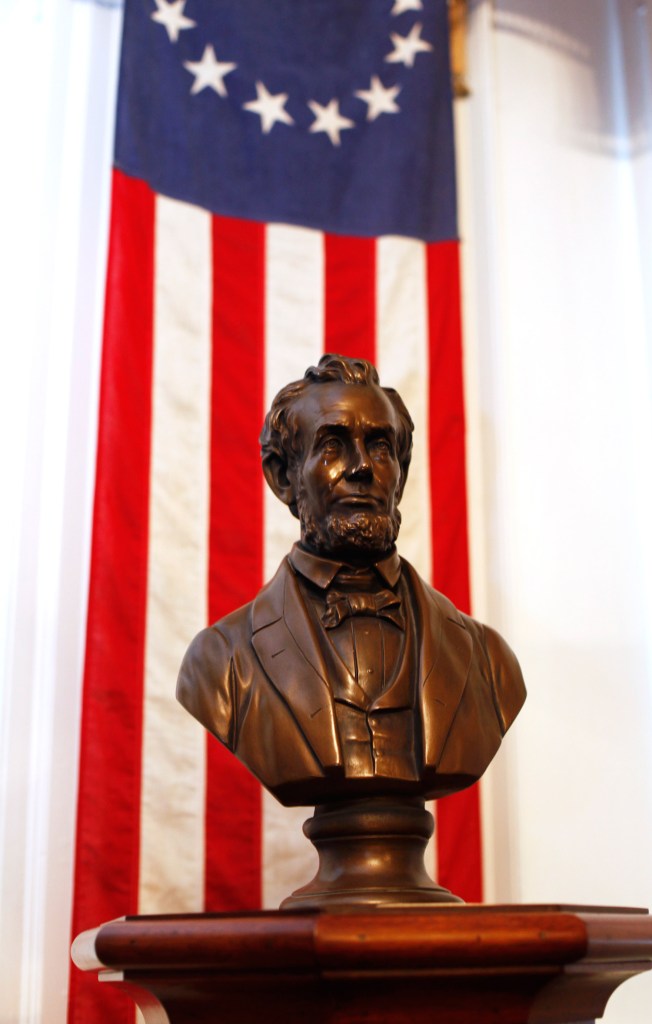
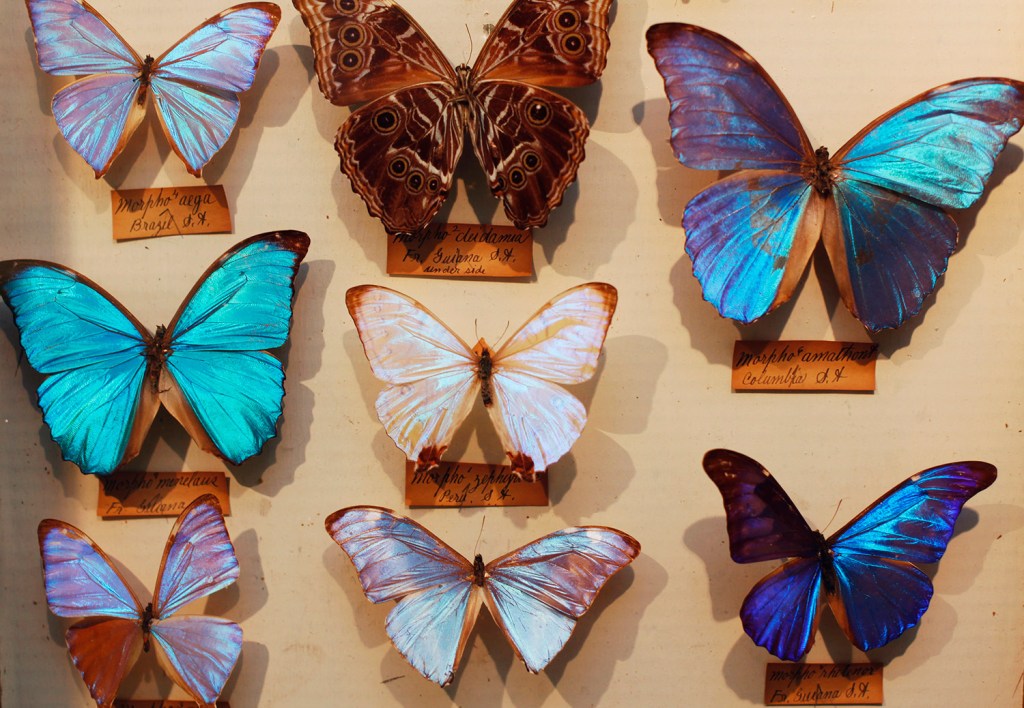
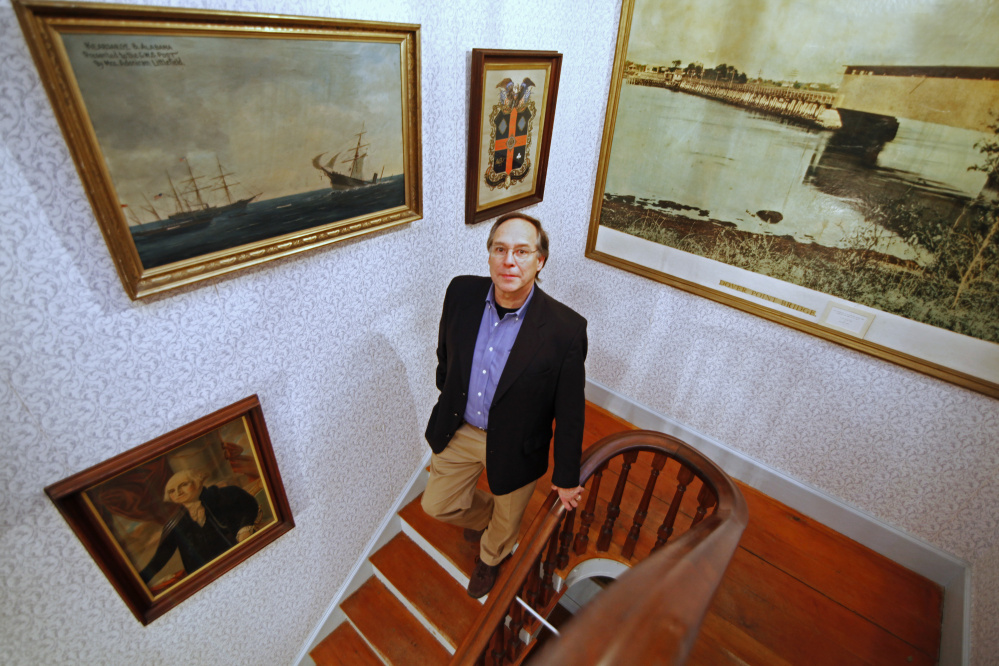

Comments are no longer available on this story